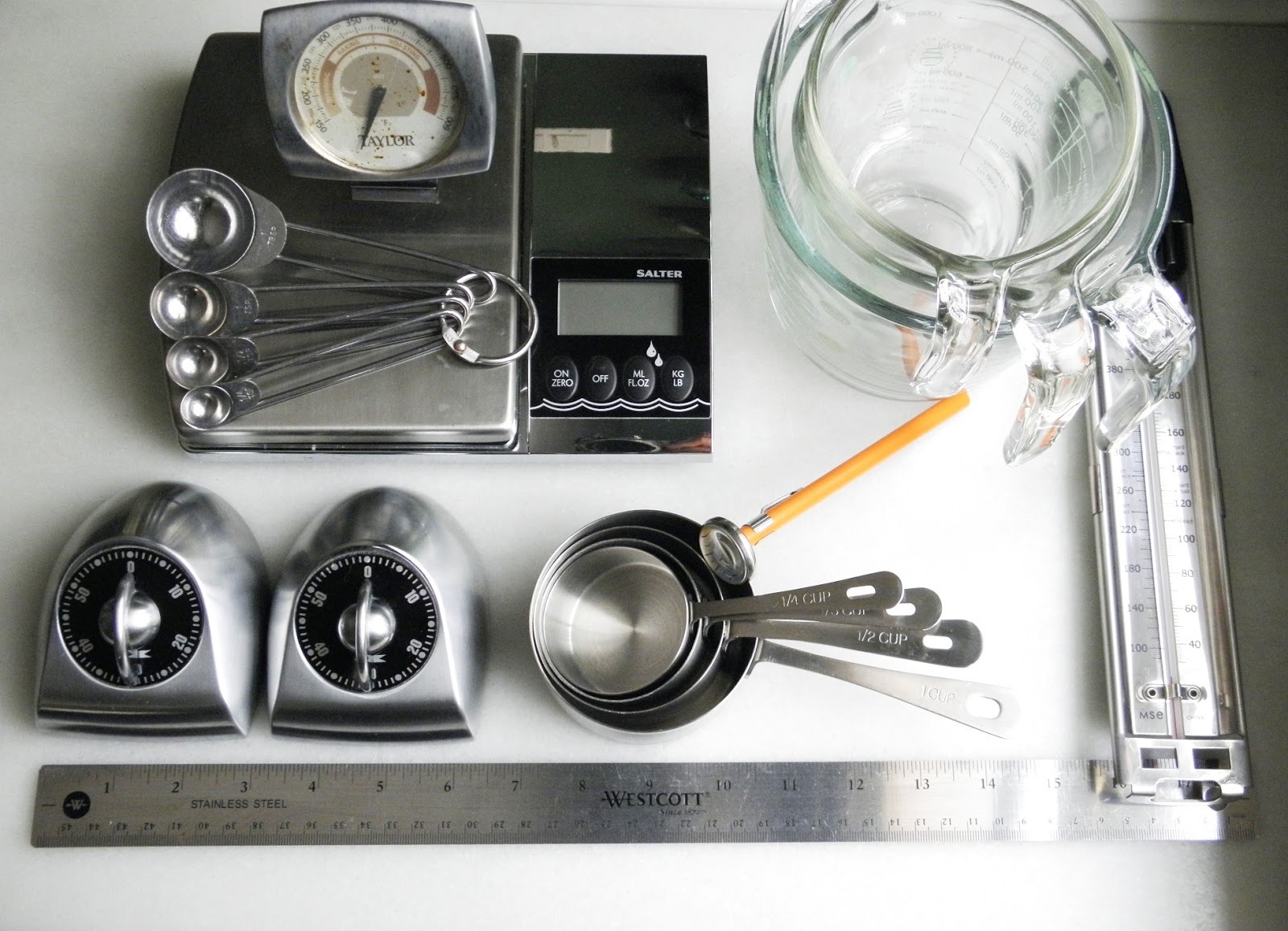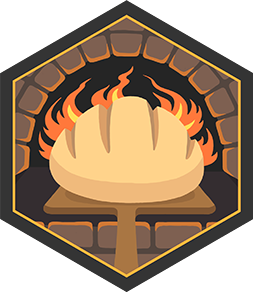Set up a bake space
Set up a safe baking workspace by arranging tools, measuring ingredients, organizing utensils, labeling containers, and practicing clean-up and hygiene for fun baking projects.



Step-by-step guide to set up a baking workspace
Safe and Unsafe Situations | Safety Tips for Kids!
Step 1
Wash your hands under warm water with soap for at least 20 seconds.
Step 2
Put on your apron so your clothes stay clean.
Step 3
Tie your hair back or put on a hat to keep hair away from food.
Step 4
Clear your work surface and wipe it with a clean cloth or paper towel.
Step 5
Arrange your tools within easy reach so you won’t have to stretch: place mixing bowls measuring cups measuring spoons and spatula nearby.
Step 6
Put the small jars or bowls out for each ingredient you plan to use.
Step 7
Label each jar or bowl with masking tape and the marker so you know what is inside.
Step 8
Practice measuring a dry ingredient by scooping into a measuring cup and leveling it off with a flat edge.
Step 9
Practice measuring a liquid by pouring a small amount into a liquid measuring cup and checking at eye level.
Step 10
Set up a small cleaning caddy with a cloth paper towels and the small trash bowl nearby.
Step 11
After practicing, put each tool back in its spot on the table or shelf.
Step 12
Wipe the work surface clean and fold the cloth or throw away used paper towels.
Step 13
Share your finished bake space setup on DIY.org
Final steps
You're almost there! Complete all the steps, bring your creation to life, post it, and conquer the challenge!


Help!?
What can we use if we don't have measuring cups, masking tape, or an apron?
Use a kitchen scale or a clear drinking glass marked with measurements instead of measuring cups, sticky notes or paper to label the small jars or bowls in place of masking tape, and an oversized old shirt to wear as an apron to keep clothes clean.
My labels keep falling off and ingredients spill when I scoop—how can I stop that?
Press masking tape firmly onto each small jar before writing with the marker, scoop dry ingredients over a bowl and level them off with a flat edge as instructed, and arrange your tools within easy reach so you won’t have to stretch.
How can I adapt this bake-space setup for toddlers and older kids?
For toddlers, pre-measure ingredients into labeled small jars or bowls and supervise them practicing pouring small amounts into a liquid measuring cup at eye level, while older kids can set out mixing bowls and measuring tools themselves and practice leveling dry ingredients independently.
How can we personalize or extend the activity after setting up the bake space?
Decorate the apron, use colored masking tape to make custom labels for each small jar or bowl, time and record measuring practice rounds as a game, then share a photo of your finished bake space setup on DIY.org.
Watch videos on how to set up a baking workspace
BAKING ROOM TOUR + ORGANIZING TIPS | How to stay organized
Facts about kitchen safety and baking for kids
📏 A teaspoon is about 5 milliliters and a tablespoon is about 15 milliliters—tiny differences can change how baked treats turn out.
🧁 Baking is a science: professional bakers often weigh ingredients because grams make recipes more reliable than cups.
🧹 Chefs use 'mise en place' (mee-z ahn plass) to mean 'everything in its place'—setting up first makes baking faster and safer.
🏷️ Labeling containers with contents and the date helps avoid kitchen mysteries and keeps ingredients fresh and safe.
🧼 Wash hands for at least 20 seconds with soap—sing 'Happy Birthday' twice to make it fun and get a good scrub!
How do I set up a safe baking workspace for my child?
What materials do I need to create a child-friendly bake space?
What ages is setting up and using a baking workspace suitable for?
What are the benefits and safety tips for teaching kids to set up a bake space?


One subscription, many ways to play and learn.
Only $6.99 after trial. No credit card required


